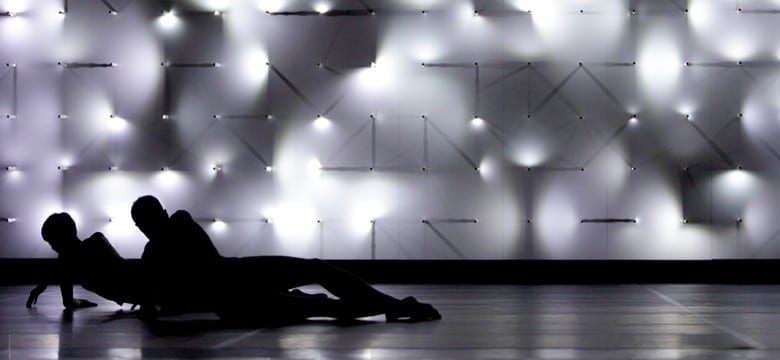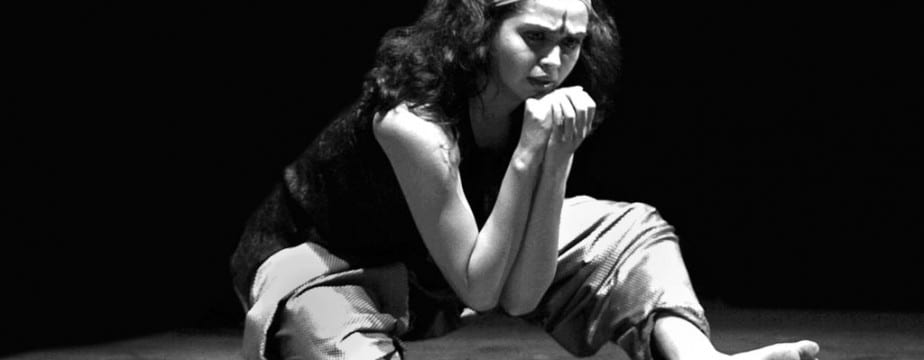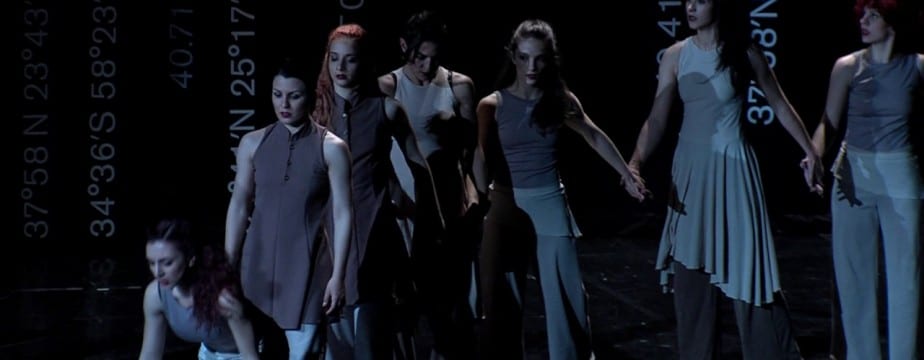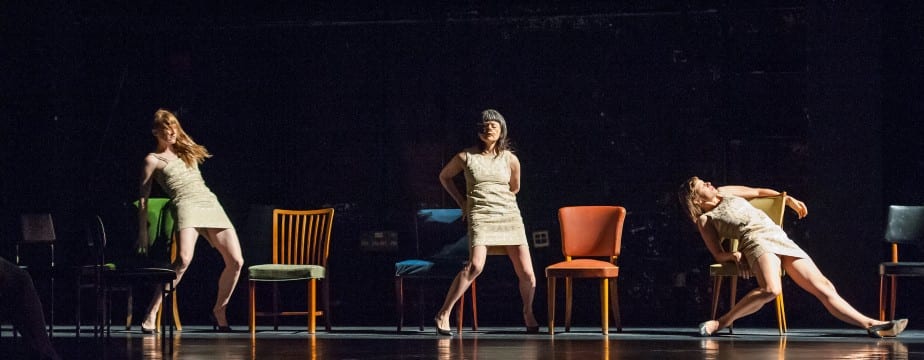By Louise Ann Wilson in conversation with Scott Palmer (pp. 63-74)
People’s identities are inextricably linked to their sense of place.
Place itself holds the memory of the people who have dwelt there.
Pitches, J., and Popat, S. (ed.) (2011) Performance Perspectives: A Critical Introduction. New York: Palgrave Macmillan





